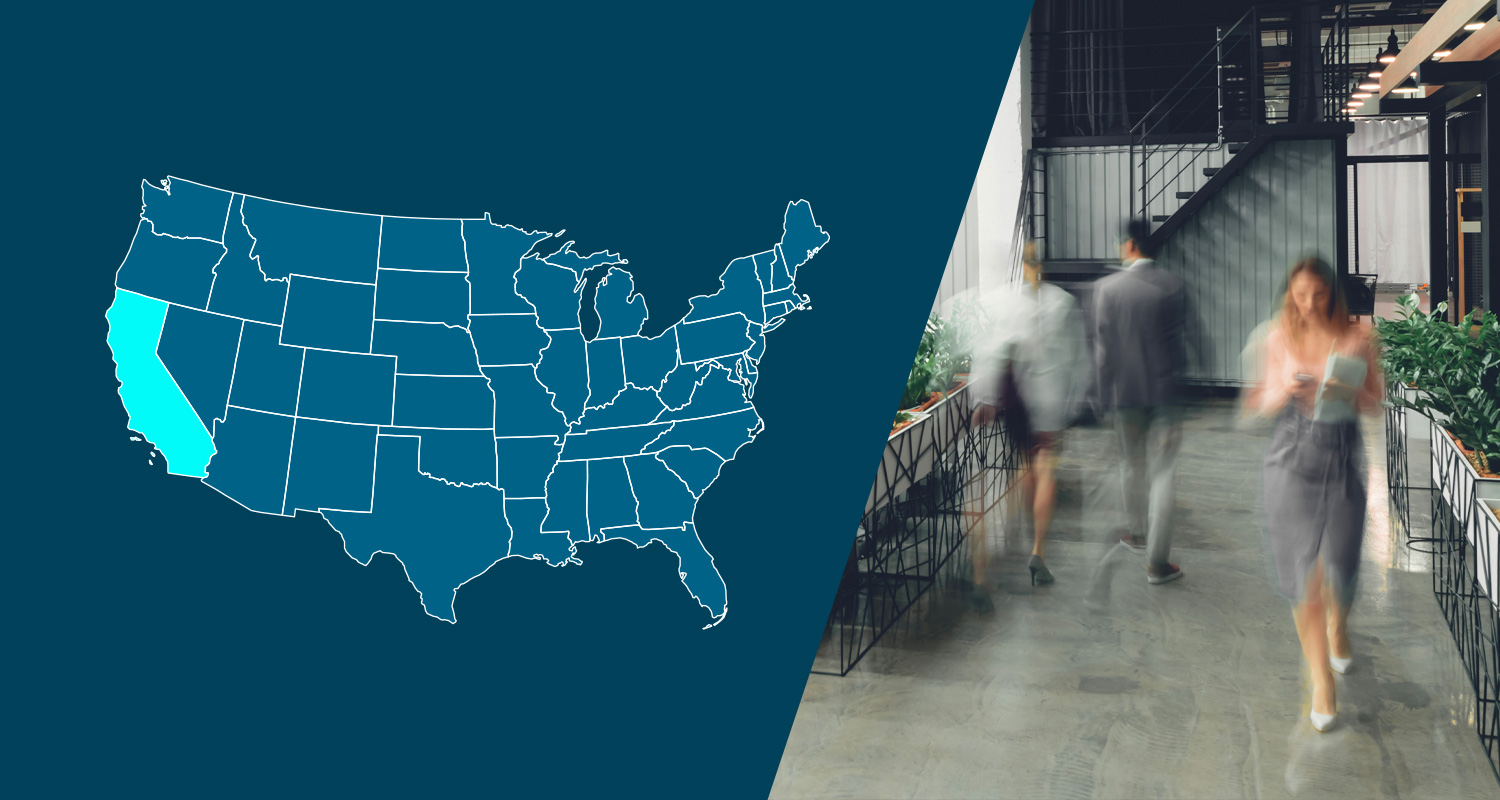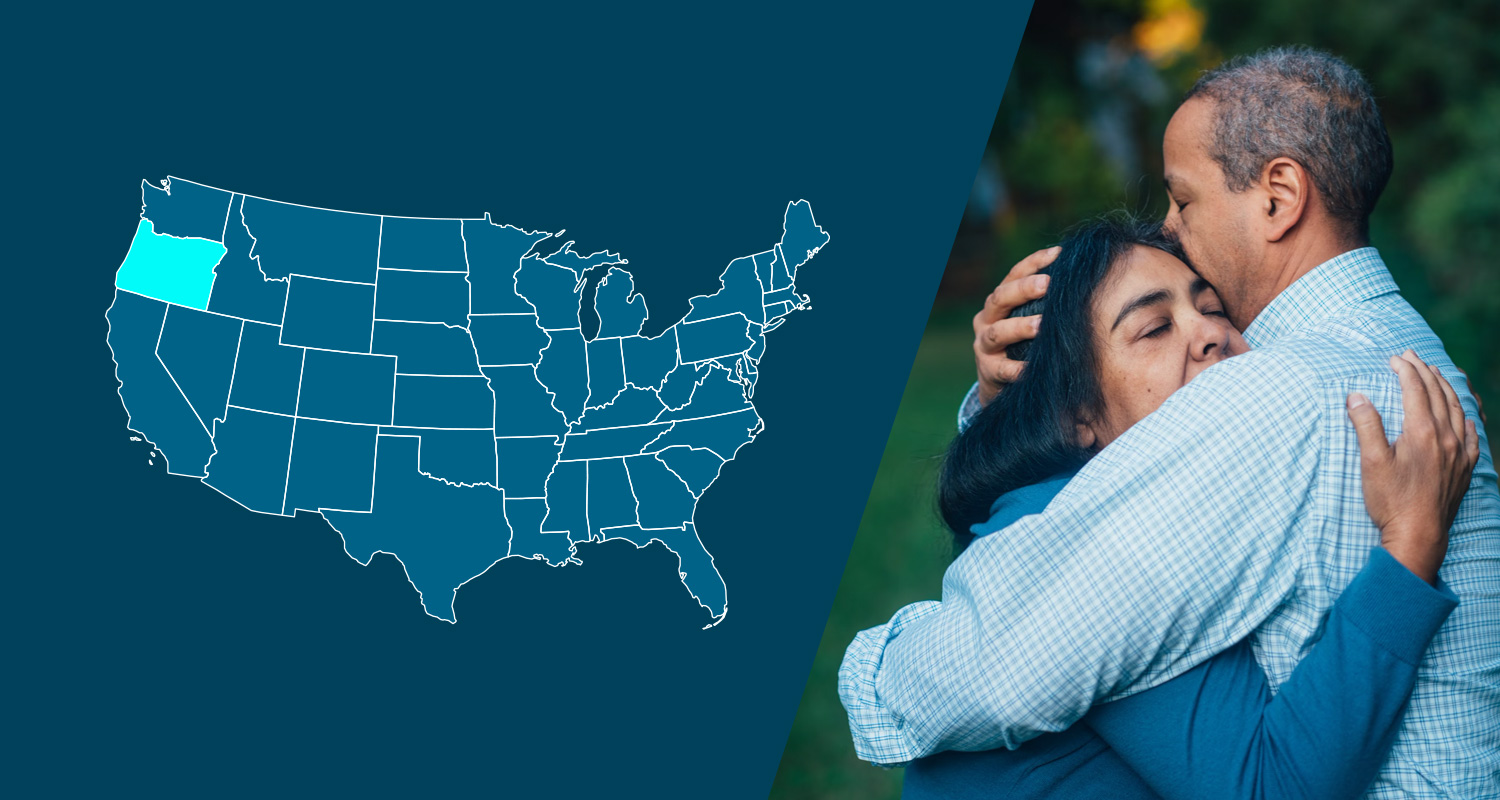Updated 10/1/21: CA Supplemental Sick Leave expired on September 30, 2021. The Labor Commissioner has clarified that if a covered employee is taking CA Supplemental Sick Leave as of September 30, they may continue to take the leave they are currently on even if the entitlement extends past September 30, 2021.
Compliance Snapshot:
- Applies to employers with at least 26 employees nationwide;
- Provides a new bank of up to 80 hours of COVID-19 paid sick leave for 2021;
- Takes effect retroactively to January 1, 2021 and will remain in effect until September 30, 2021;
- Due to the retroactive effective date, employers will need to consider retroactive payments for previously taken qualifying leave;
- Applies to employees who are unable to work or telework due to a COVID-19 qualifying reason (which explicitly includes COVID-19 vaccination);
- Requires an employee’s wage statement or paystub to reflect an employee’s accrued hours of leave;
- Requires employers to provide a notice posting.
On March 19, 2021, California (CA) governor Gavin Newsom signed Senate Bill 95 which revives and expands the state’s COVID-19 supplemental paid sick leave (CA Supplemental Sick Leave) requirements that expired on December 31, 2020. For more information on the previous CA Supplemental Sick Leave, please visit our blog post. This article provides an overview of the new 2021 version of CA Supplemental Sick Leave and highlights notable expansions and differences from the version that expired in December 2020.
Which Employers are Covered by CA Supplemental Sick Leave?
CA Supplemental Sick Leave applies to employers with at least 26 employees nationwide and at least one employee in California. The prior version of CA Supplemental Sick Leave applied only to employers with over 500 employees nationwide.
This means employers with 500 or more employees who already provided CA Supplemental Sick Leave in 2020 are required to provide leave under the new expanded rules in 2021 for any covered employees. Small employers with at least 26 employees that were not covered by CA Supplemental Sick Leave in 2020 will now be obligated to provide any covered employees with this new bank of leave.
Who is Covered by CA Supplemental Sick Leave?
CA Supplemental Sick leave applies to employees who are not able to work or telework for any of the qualifying reasons (noted immediately below).
What are the Qualifying COVID-19-related Reasons for CA Supplemental Sick Leave?
The prior version of CA Supplemental Sick Leave was limited to employees who were required to leave their home to perform work. The qualifying reasons for leave in 2021 are expanded and apply to employees who are unable to work or telework due to the following reasons:
- Employee is subject to a quarantine or isolation period related to Covid-19 as defined by an order or guidelines of the State Department of Public Health, the CDC, or a local health officer with jurisdiction over the workplace;
- Employee has been advised by a health care provider to self-quarantine due to concerns related to COVID-19;
- Employee is attending an appointment to receive a vaccine for protection against contracting COVID-19;
- Employee is experiencing symptoms related to a COVID-19 vaccine that prevent the employee from being able to work or telework;
- Employee is experiencing symptoms of COVID-19 and seeking a medical diagnosis;
- Employee is caring for a family member who is subject to a quarantine or isolation order or guidelines, or who has been advised to self-quarantine by a health care provider; or
- Employee is caring for a child whose school or place of care is closed or otherwise unavailable for reasons related to COVID-19.
What Amount of CA Supplemental Sick Leave must be Provided?
The total number of CA Supplemental Sick Leave hours to which an employee is entitled depends on the employee’s regular work schedule as follows:
Full Time Employees are entitled to 80 hours of leave if:
- the employer considers the employee “full time,” or
- the employee worked or was scheduled to work, on average, at least 40 hours per week for the employer in the two weeks prior to the date of leave.
Part Time Employees with Fixed Schedules are entitled to an amount of leave equal to the total number of hours they are normally scheduled to work for the employer over two weeks if:
- the employee is not considered “full-time” by the employer; and
- the employee works normal or fixed weekly schedules.
Part Time Employees with Variable Schedules are entitled to 14 times the average number of hours they worked each day in the six (6) months prior to leave. In calculating the average number of hours worked by a part-time worker with a variable schedule over the past six months, the figure is determined based on the total number of days in the 6-month period, not just the number of days worked. If the employee has worked less than 6 months, the total length of employment is used. If the employee has been employed for 14 days or less, the total number of hours worked is used.
For example, a new employee has worked for a total of two days—one day for 1 hour and a second day for 6 hours over the past two weeks:
- Total # of Hours Worked – 7 hours
- Total # of Days in 6-month Period – 14 days
- Average # of Hours Worked per Day – 7 hours/14days = 0.5 hours
- CA Supplemental Sick Leave Entitlement – 0.5 hours x 14 = 7 hours
What is the Rate of Pay for CA Supplemental Sick Leave?
The applicable rate of pay for CA Supplemental Sick Leave is the highest of:
- Employee’s regular rate of pay;
- The state minimum wage, or
- The local minimum wage
The new CA Supplemental Sick Leave also tracks the daily cap of $511, and aggregate cap of $5,110 under the now voluntary, Families First Coronavirus Response Act. Employers should note that unlike voluntary FFCRA leave, CA Supplemental Sick Leave does not provide for any corresponding tax credit for amounts paid to employees.
When must CA Supplemental Sick Leave be Provided?
The employee with a qualifying COVID-related reason determines the amount of leave they would like to use (up to an 80-hour maximum) and an employer must make the leave available immediately upon the employee’s oral or written request. The requirement to provide CA Supplemental Paid Sick Leave is retroactive to January 1, 2021.
How long will CA Supplemental Sick Leave be Effective?
Unless extended by the California Legislature, CA Supplemental Sick Leave is set to expire on September 30, 2021. If the expiration occurs while an employee is on leave, the employee may continue taking the amount of leave they are entitled to receive under the law.
Do Employers Need to Pay Employees for Past Qualifying Leave Taken after January 1, 2021?
Yes. CA Supplemental Sick Leave applies retroactively to January 1, 2021. If an employee previously took leave on or after January 1, 2021 that otherwise would have qualified under CA Supplemental Sick Leave and the employer did not provide paid leave compensated at the level required by CA Supplemental Sick Leave, then upon the oral or written request of the employee, the employer must provide the covered employee with a retroactive payment. This retroactive payment must be paid on or before the payday for the next full pay period after the oral or written request of the covered employee and must be reflected on the corresponding wage statement.
For example, if the employee used 5 days in January 2021 from another paid time off policy for a COVID-related reason that is covered by CA Supplemental Sick Leave, the employee can request that the employer use CA Supplemental Sick Leave to cover that leave and replenish the 5 days to their other leave bank.
Can Employers Require Documentation from a Healthcare Provider?
Senate Bill 95 does not condition leave on medical certification. However, while the prior version of CA Supplemental Paid Sick Leave permitted request for documentation in certain circumstances, documentation is not otherwise required. An employer may not deny CA Supplemental Sick Leave solely on a lack of certification from a healthcare provider. In certain circumstances it may be reasonable to request documentation before paying the sick leave when an employer has other information indicating that the worker is not requesting CA Supplemental Sick leave for a valid purpose.
The FAQs for the prior version of CA Supplemental Sick Leave provide the following example: if a worker informs a hiring entity that the worker is subject to a local quarantine order, has to stay home, and qualifies for COVID-19 supplemental paid sick leave, but the hiring entity subsequently learns that the worker was at a park, the hiring entity could reasonably request documentation.
How does CA Supplemental Sick Leave Interact with Existing Leave Policies?
CA Supplemental Sick Leave is “in addition to” other paid sick leave that employees have available, and employers cannot require employees to use other paid or unpaid time off before using their CA Supplemental Sick Leave entitlement. However, employers may offset federal or local leave provided for reasons overlapping with CA Supplemental Sick Leave. For more information about local expansions of COVID-related paid sick leave please visit our blog post.
Can an Employer Offset any COVID-19-related Sick Leave Previously Provided since January 1, 2021?
An employer can offset sick leave provided since January 1, 2021, if the following conditions are met:
- The leave was provided at the same (or greater) rate of pay as required by CA Supplemental Sick Leave;
- This offset may include leave provided under any federal or local law that was effective on or after January 1, 2021, except for non-COVID sick leave taken under California’s paid sick leave law (also known as the California’s Healthy Workplaces, Healthy Families Act).
- The leave was provided for the same qualifying COVID-related reasons as provided under CA Supplemental Sick Leave.
For example, if an employer provided 40 hours of leave under a local ordinance for a qualifying COVID-19 related reason in February 2021, this leave could be offset against the 80-hour entitlement for CA Supplemental Sick Leave meaning that the employer can subtract the 40 hours of leave already provided from the 80-hour CA Supplemental Sick Leave entitlement.
How does CA Supplemental Sick Leave Interact with Cal/OSHAs Emergency Temporary Standard’s Requirement to Provide Leave for COVID-19 exposures or illness?
The Cal-OSHA COVID-19 Emergency Temporary Standards (ETS) require an employer to pay an employee when an employee is excluded from the workplace due to COVID-19 exposure. An employer may require a covered employee to first exhaust their CA Supplemental Sick Leave before an employer will be required to pay out earnings continuation under the ETS. This special provision in CA Supplemental Sick Leave is beneficial because it permits an employer that is required to maintain earnings for a COVID-19 reason under the ETS to subtract that time from the employee’s CA Supplemental Sick Leave entitlement. For more information about the Cal/OSHA Emergency Temporary Standards, please visit our blog post.
What are the Notice Posting Requirements?
Employers must conspicuously display the notice poster provided by the Labor Commissioner’s Office in their workplaces. If employees do not frequent a workplace, employers may distribute the poster electronically.
What are the Wage Statement Requirements?
Employers are required to provide written notice of the amount of CA Supplemental Paid Sick Leave available on employees’ itemized wage statements or in a separate writing. However, there are two important updates to this requirement for 2021:
- CA Supplemental Sick Leave must be recorded separately from regular paid sick days;
- For part-time and variable hour employees, employers can do an initial calculation of leave available and indicate “variable” on the wage statement;
- Any true-up payments for leave employees used on or after January 1, 2021 must be on the paystub for the pay period during which payment is made.
Are there any other Prohibitions placed on Employers?
Employers are prohibited from retaliating against an employee for using or attempting to exercise their rights to CA Supplemental Sick Leave.
How will CA Supplemental Sick Leave be Enforced?
The law authorizes the Labor Commissioner to enforce the requirements of CA Supplemental Sick Leave. The Labor Commissioner or attorney general may also bring civil action to collect other legal or equitable relief, including reinstatement, back pay, the payment of sick days unlawfully withheld, and liquidated damages from employers who do not comply.
Employer Considerations
More employers are now required to provide CA Supplemental Sick Leave to their employees for COVID-19 related qualifying reasons. Employers are encouraged to consider taking the following actions:
- Review any existing sick leave policies and determine whether adoption of revisions are necessary to meet the requirements of CA Supplemental Sick Leave;
- Ensure that payroll records and wage statements are in compliance;
- Be prepared to issue CA Supplemental Sick Leave retroactively and true-up if necessary;
- Given the increased complexity of overlapping state, local and federal COVID-19 paid sick leave requirements, employers should continue to monitor developments and consult with employment counsel to update employer policies, as necessary.
Additional Resources
- Senate Bill 95
- 2021 COVID-19 Supplemental Paid Sick Leave FAQs
- 2021 COVID-19 Supplemental Paid Sick Leave Poster
- Side by Side Comparison of COVID-19 Paid Leave
- Sequoia Foreword: CA Enacts Statewide COVID-19 Supplemental Paid Sick Leave
- Sequoia Foreword: The American Rescue Plan Act Extends FFCRA Tax Credits Through September 30, 2021
- Sequoia Foreword: California Approves Cal-OSHA COVID-19 Emergency Standards
Disclaimer: This content is intended for informational purposes only and should not be construed as legal, medical or tax advice. It provides general information and is not intended to encompass all compliance and legal obligations that may be applicable. This information and any questions as to your specific circumstances should be reviewed with your respective legal counsel and/or tax advisor as we do not provide legal or tax advice. Please note that this information may be subject to change based on legislative changes. © 2021 Sequoia Benefits & Insurance Services, LLC. All Rights Reserved




